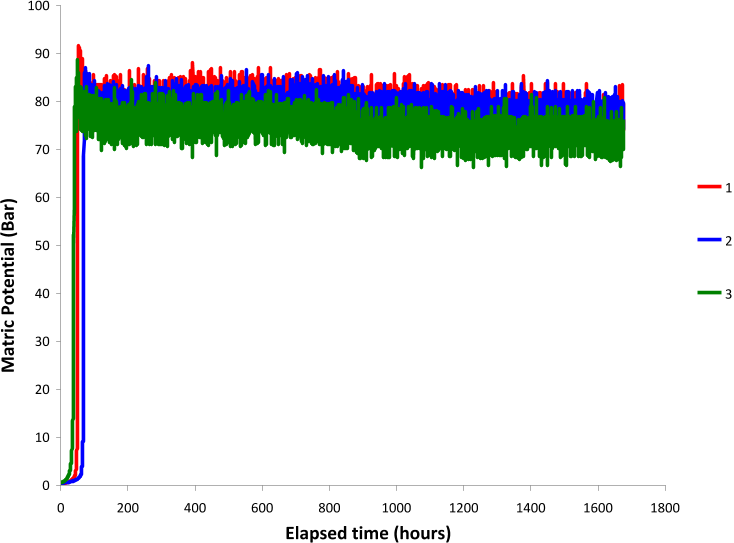




Did you find this useful? Give us your feedback


























2 citations
...…the same as those presented and described in detail in the U.S. Environmental Agency’s technical protocol for monitored natural attenuation of inorganic contaminants in groundwater (EPA 2007a,b, 2010; ITRC 2010) and described with respect to conceptual site models by Truex et al. (2011)....
[...]
...The technology currently under evaluation is soil desiccation, an approach that minimizes Tc-99 movement in the vadose zone by removing pore water via the injection of dry air and extraction of water vapor [8]....
[...]
...Desiccation of a portion of the vadose zone, in conjunction with a surface infiltration barrier, has the potential to minimize migration of deep vadose zone contaminants towards the water table (Truex et al. 2011)....
[...]
...In the laboratory, desiccation was shown to be capable of reducing the moisture content to below the residual moisture content of the porous medium (Truex et al. 2011; Ward et al. 2008; Oostrom et al. 2009)....
[...]
...Truex et al. (2011) examined rewetting of desiccated zones in the laboratory and found that vapor-phase rewetting from adjacent humid soil gas, in the absence of advective soil gas movement, occurs slowly by diffusion of water vapor and increases the moisture content of desiccated porous medium to…...
[...]
...Laboratory and modeling studies have been conducted to study desiccation and provide a technical basis for its use as a potential remedy (Truex et al. 2011; Ward et al. 2008; Oostrom et al. 2009, 2011, 2012a and b)....
[...]
...Evaporation can remove pore water and may result in very low moisture contents and decreased water relative permeability in the desiccated zone (Ward et al. 2008; Oostrom et al. 2009, 2012a and b; Truex et al. 2011, 2012a and b, 2013a and b, 2014)....
[...]